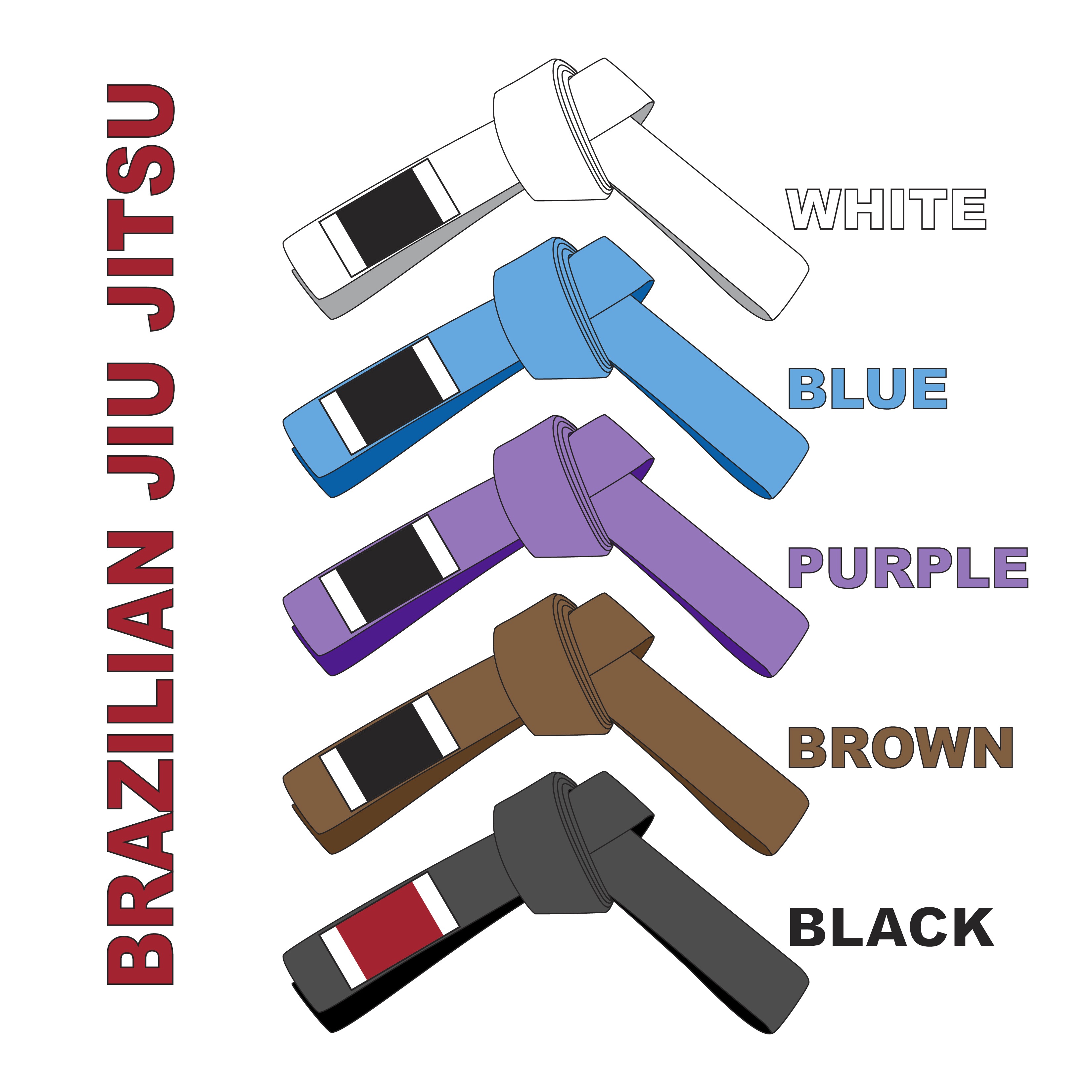Compared to other martial arts branches, Brazilian Jiu Jitsu, or BJJ, takes a much longer time to get to the top or achieve the highest belt. Once someone learning BJJ gets to the black belt, they actually are qualified to teach BJJ and can be considered as a professor. The BJJ Blue Belt requirements are more complex than other branches, so it might be more difficult to just lay out a specific timeline of when you would go from one belt to another.
If you’re in a Jiu Jitsu school, they might have certain rules and specific BJJ belt requirements for you to achieve the next belt, however throughout schools, the Jiu Jitsu belts order are the same, based on color.
If you’re new to BJJ and what to know the jiu jitsu belt colors and meaning, I hope that this guide can help take you from belt to belt in the Gracie belt system.
Throughout the years before receiving your black belt, you’ll go through a BJJ belt progression timeline that takes you through the Brazilian jiu jitsu belts system, step by step, belt by belt.
With every belt change, there will be promotion ceremonies, which may differ from school to school. They are true test of your knowledge and dedication to the martial arts, so it’s a true sign of respect and reward when you get the next belt.
If you are wondering “how long does it take to get a blue belt in BJJ?” you’ve come to the right place. With this article, I’ll give you an inside look to the bjj belt system explained, from its history to the adult system to the kids jiu jitsu belts ranking.
Brazilian Jiu Jitsu Belts
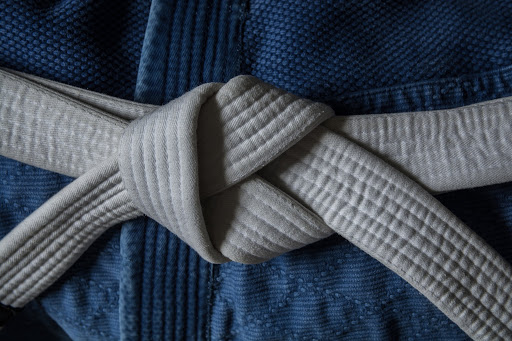
When you’re first starting out, you should already be aware that a new belt in BJJ doesn’t come so regularly or often, regardless of your prior expectations. BJJ belts are also different from other belts because they come with accompanying stripes that show the levels or plateaus within the belt. It is one of the strictest martial arts branch for students to get promoted to the next level bench. Just to get an idea, it can take up to a decade to get to a black belt status.
The belt ranking and order is different when comparing kids and adults.
Children begin their rankings with a white belt and then go from this first belt to gray, yellow, orange, and then green. Once they get to green and want to continue as an “adult”, they head right into the adult’s second belt—the blue belt and skip over the adult’s white belt.
For adults, you begin with white if you are just starting out. From there, you move on to blue, then purple, then brown—where you are then qualified to be able to teach Brazilian Jiu Jitsu. From there, if you have the desire and persistency to move forward, you can finally reach the black belt. Although you might think it ends there, you’re wrong. There are actually coral belts, which stand for fighters of the highest honor and come in red and black—red being the highest.
Tying The BJJ Knot
One of the first things you should learn is how to tie your BJJ belt. During class, it is most certainly going to get loose while you’re fighting and rolling around, grappling. Especially if you are working with children or are a parent to a kid training in BJJ, learning how to tie the BJJ knot is one of the most important and most responsible things to learn.
Regardless if you are a kid or an adult beginner, learning how to tie your BJJ belt correctly is back to the basics for all beginners. There are various methods on how to tie your BJJ belt and in each school it might be different.
Here is a video that can help show you some popular knots to use to tie your BJJ belt:
Factors Indicating a Belt Promotion
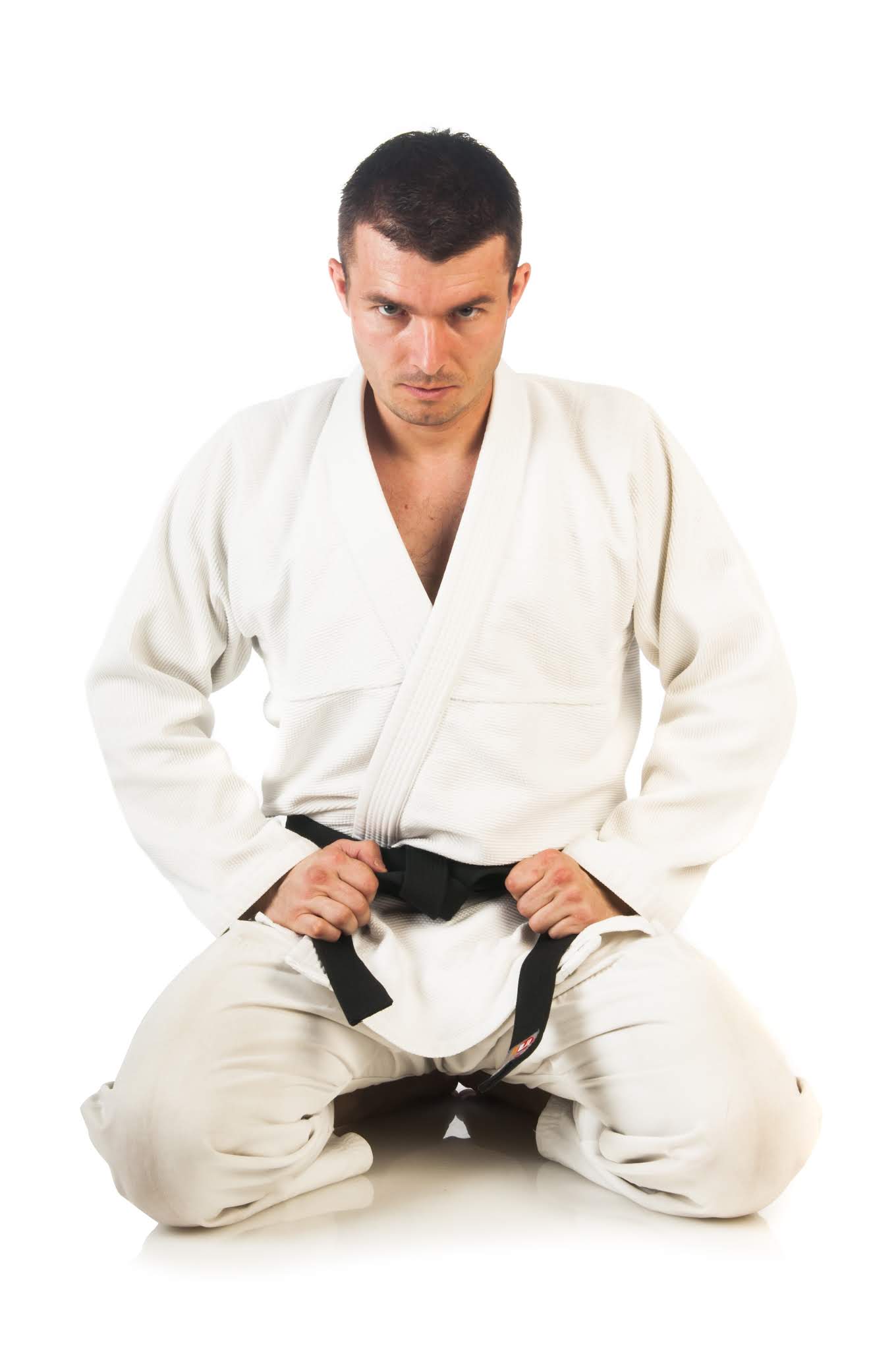
Receiving the next belt in your training doesn’t strictly depend on your attendance, your abilities or the time you’ve been training for. It depends on various factors, some changing from school to school or coach to coach. It can be factored by competence, performance or simply by tournament rankings.
However, there definitely is a large impact that gives a connection from a student’s ability to their belt ranking. Two of the factors that impact “ability” when it comes to ranking a student or promoting a student are also simply physicality and athleticism that literally might push someone from one ranking to the next because of competition.
However, when you’re training BJJ, it’s important to never focus too much on achieving the next belt or winning competitions. If you put too much concentration on simply getting to the next belt, you won’t enjoy the process, which might be a huge contributing factor to why you started training BJJ in the first place.
White Belt: “The Empty Cup”

With your white belt you should be able to:
|
Develop a Frame of Reference |
Just like when you’re first starting out any sport or martial art branch, you need to build a foundation and develop a frame of reference to advance upon as you proceed in the ranking. In this stage in the white belt, you are learning the ropes, formulating a training plan with your coach or on your own, and figuring out how to get there. Here is where you learn the essentials, fundamentals, and overall curriculum of the belt ranking. Especially since you’re just starting out now, it’s extremely important that you learn how to just enjoy the ride and have fun rather than focusing simply on the next belt. Learning how to relax is also important not only in general as you’re moving up the ladder it is also essential that you practice relaxing under pressure as well. This is where you hone in on your concentration and learn how to fight humbly, controlling your ego. Just like the white color that your belt is, your slate is clear, nothing is actually expected of you. Therefore, take this time to develop your knowledge, learning proper form and developing experience through training. |
|
Don’t Be Overwhelmed |
You might feel like there’s so much for you to learn and so little time. You might want to focus a lot on technique. However, trying to concentrate too much on intricate technical knowledge might throw you off and overwhelm you. Instead of setting yourself back on learning every little detail at this stage, you should try and shoot for a general understanding of a the basic movements and techniques which you can build on and tweak later when learning more complicated moves. |
|
Getting Fit, Fast |
Just like with every martial arts, you have to get fit or be fit to compete and even in most cases—get through training. Earning your white belt is also about conditioning. Something that will test your discipline, desire and motivation, working on your fitness will be something that you’ll be doing on your own, outside of your BJJ classes. Although you will be conditioned during your classes, doing outside work won’t hurt. However, don’t push it! Overexercising and overtraining can be detrimental. |
With your white belt you should be able to:
Know the names of the basic positions and be familiar with how to do them.
Begin to learn how to control your ego, be humble, and know that, especially since you’re just starting out, you’ll get beat more times than you’ll win. This might be a hard concept to grasp, especially if you come from an athletic—especially a successful—background.
Condition your body to BJJ, not only with fitness but how it moves and how it feels to be go through the movements. Especially since BJJ contains a lot of grappling on the ground, you’ll have to get used to being on the ground.
Blue Belt: “The Escape Artist”

|
Concentrate on Your Defense Tactics and Techniques |
Making it almost impossible for someone to tap you out is not a very exciting way to win but it’s effective. Moving from the blue belt to the purple belt, you have to have a solid defense. Hence the name of the belt, you’ll need to be able to escape from the basic submissions and positions. |
|
Perfect Your Guard Passing |
Receiving your blue belt and moving forward, you’ll need to know how to pass the guard. This can be pretty complicated, especially since there are more guards coming out year after year. Since BJJ has you on the ground grappling and in your opponents’ guards, you have to get out of them and learn what to do when you’re in them and do it efficiently. |
|
Take Your Fitness to a New Level |
The white belt introduces you to conditioning and fitness. The blue belt whips you into shape. At this point, you should be diligent, focused, concentrated, and dedicated to your training outside your BJJ school. This can look like a lot of different things, from running to jumping rope to swimming to cycling, etc. |
With your blue belt you should be able to:
As I mentioned before, you should be able to escape being an escape artist. Therefore with the blue belt, you should have two solid escapes that work against the Mount, Back Mount and Side Mount.
Demonstrate that you have mastered three different techniques for passing the guard. If you can, you should have one for the open, closed or half open guards.
Get into competitions, if that’s your goal. If you are just doing BJJ for fun or to get into shape, you can bypass this requirement.
With your blue belt you should be able to:
As I mentioned before, you should be able to escape being an escape artist. Therefore with the blue belt, you should have two solid escapes that work against the Mount, Back Mount and Side Mount.
Demonstrate that you have mastered three different techniques for passing the guard. If you can, you should have one for the open, closed or half open guards.
Get into competitions, if that’s your goal. If you are just doing BJJ for fun or to get into shape, you can bypass this requirement.
Purple Belt: “Jack of All Trades”
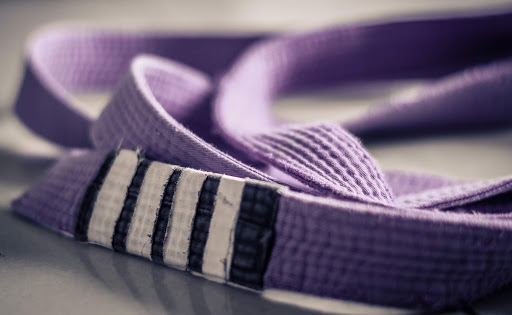
|
Moving With Momentum |
In this belt, you’ll be learning how to perfect your timing, matching your momentum with your movement. Not only will you be generating momentum on your own and with your fighting, you will also be learning how to manipulate and redirect the momentum of the person who you’re fighting. With this training, you’ll be shaving down those unnecessary movements that you previously made during a move or technique, making every movement you make with purpose. Along with momentum, you’ll need to be well versed with the momentum of your sparring partner—putting in hours of sparring at the purple belt level. This is where you’ll be perfecting your grappling and rolling. |
|
Make Your Foundation Foolproof |
This is the level where, if you have holes in your game—you’ll know, immediately. Laying down the outside and final layers of your foundation is achieved here at the purple belt level. This refers especially to your defense. Not only should it be solid, you should be a considering yourself a master of escapes. |
|
Work on Your Weaknesses |
This is all about detail. In your purple belt, you shouldn’t just simply be listening to your coach or teammates but also be able to personally analyze yourself and make an honest assessment of your mistakes and weaknesses. Here is where you should be stepping back and focusing on working on getting your weaknesses better and making them less of a threat to take you down. This is where I get the nickname of the belt, “Jack of All Trades”. You don’t have to be amazing at everything but at least be a little good at everything, which is better than just being good at one thing and bad at everything else. |
|
A Force To Be Reckoned With |
Being considered dangerous from any position on the mat is a telltale sign of a purple belt. You should be learning how to attack using technical combinations and perfecting your attack that way. At this level, you’ll be learning how to setup and execute a counter attack. As I mentioned before, as a purple belt, you should be a force to be reckoned with, being able to dish out any guard and be effective and dangerous at it. |
With your purple belt you should be able to:
Execute three different combination attacks from the guard position.
Execute and deliver three different submissions done from the mount, side mount, and back mount.
Use and pass all the basic guard positions from “Spider” to “Deep half”.
Transitioning from a Defensive Position to Attacking
|
Transitioning from a Defensive Position to Attacking |
At this belt level, you should be learning how to smoothly transition from being on defense to countering on the attack. Especially since your defense should be solid at this point, being able to build off of this foundation is much easier and make you feel more comfortable to be on the hunt for submissions of your opponents, being able to act on sweeps and passes, and be more on the offense than on defense. |
|
Dominate on the Top Position |
A brown belt is always a threat from the top positions. In mount and side mount he knows how to use his body weight and makes sure the fighter underneath feels and carries every ounce of it. He will pass the guard at even the narrowest window of opportunity, and his excellent balance will make him very difficult to sweep while he does so. |
|
Extreme Technical Knowledge |
At this point you’ll have very little that you’re unfamiliar with. Therefore instead of nitpicking on your technique, you’ll begin to develop a style that changes with extreme technical knowledge. Also at this belt level, a student should have tell techniques which are part of their identity. They will be their go-to moves and will work, no matter who they are up against. |
|
Student Becomes Teacher |
At the brown belt level, you should begin to have the ability and maybe show the desire to teach others. This will notably transition into helping others but also helping yourself. |
Brown Belt: Finding Yourself
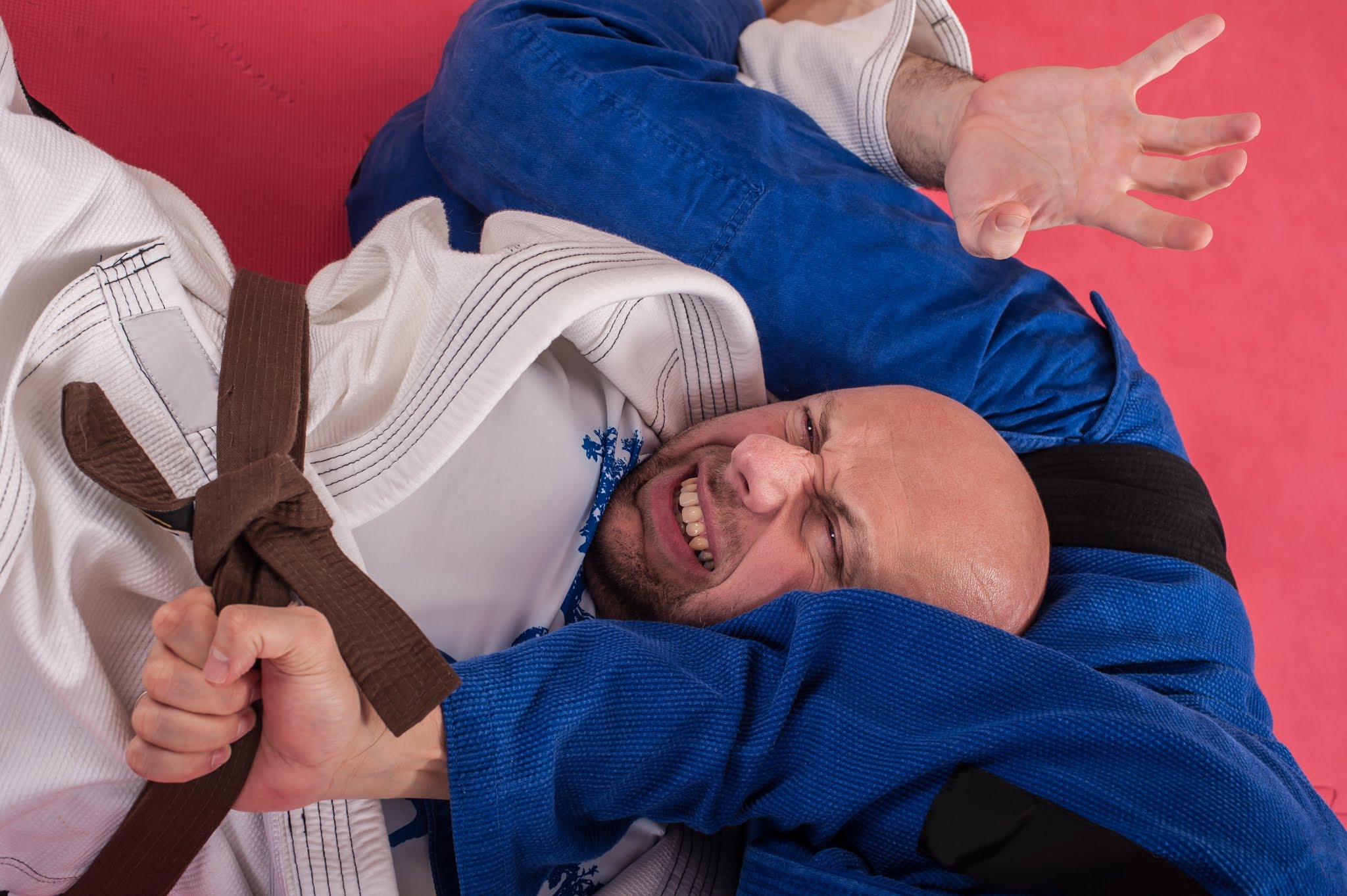
With your brown belt you should be able to:
Teach other students that aren’t as knowledgeable as you
Dominate on top, distributing your weight evenly and effectively in these positions.
Throw sequenced combinations together that have three phases: attack, defense counter, defense counter.
Black Belt: You’ve Arrived
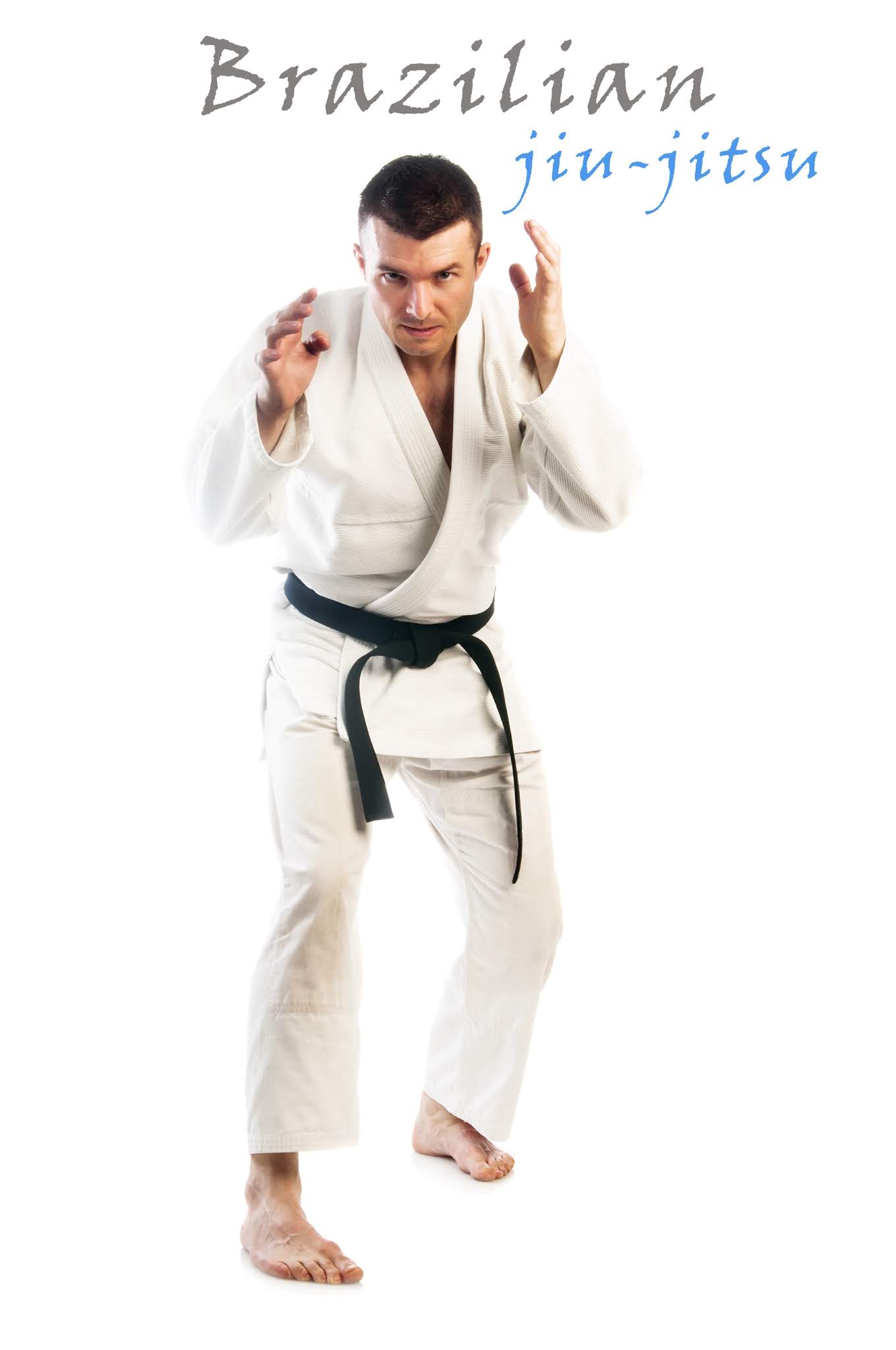
|
Following Intuition |
Aside from simply referring to technique, you’ll now have the ability to be able to smoothly react simply based on instinct, rather than trying to make a conscience decision. Feeling your way through a sparring match or through training with a partner will be more effective than thinking at this point. |
|
Start Anew |
Now that you have mastered most basic moves and have been able to advance through the belt system, especially if you are a teacher—this quality is important. Now you can take the moves even you have been doing, instead of just your students and be able to identify even the most minuscule of issues. At this point you might also have the desire to start “anew” and begin learning a second martial arts branch to pair with BJJ. |
|
Being a Good Person |
Being a black belt and going through the BJJ journey, you should have developed the necessary characteristics to be a quality person. This means that the journey has probably taught not only how to master yourself physically and mentally but also how to master techniques and qualities. Being a black belt means that you are aware of how your body works, mentally and physically. You should be in touch with yourself spiritually, as well. At this point, you should also know your limitations and capabilities, which will grow your self confidence. Quite on the contrary of what most people think at this point, those who have black belts are humble rather than cocky and have more of a self-awareness to be respectful to others. Rather than acting on the fact that you’re lethal, your eyes should be opened to deeper meanings in life.. |
|
Teaching Career |
If you want to, you can continue forward with BJJ by teaching it to other students. This also helps your own fighting. |
With your black belt you should be able to:
Have a good grasp on your personality, ego, and understanding of life, always desiring to learn and grow.
Since you have gone through the ringer with BJJ, you probably should consider at this point to take on a different martial art so that you are capable, no matter what the circumstance.
Be fully aware of your body and all of its attributes and features, having complete control of yourself mentally and physically.
Red Belt
Most of you out there won’t make it to the Jiu Jitsu red belt in your lifetime. This is the highest ranking belt and to earn it, you’ll have to have been practicing in the black belt for thirty years. It is simply reserved for BJJ practitioners who have had an influence on the martial arts branch and are widely known for it.
Officially speaking, once you reach the black belt of the 8th degrees, you’ll receive your ninth degree will get your coral red/black to coral red/white. This is the highest possible ranking you can reach: the red belt in the 9th degree.
There are only a few practitioners who have had the prestigious honor of being given the tenth degree red belt before it was retired. They are considered the pioneers of Brazilian Jiu-Jitsu: the Gracie brothers: Carlos, Oswaldo, George, Gaston, and Helio.
Kids BJJ Belt System

When you’re practicing BJJ as a young one, you’ll notice that they have a different set of belts for the kids than the ones for the adults. Here is a bit of information about their ranking:
|
The Kids BJJ White Belt |
Just like the adults, the kids start with white belts as well: a clean slate. To earn this belt takes simply nothing at all—just signing up. Normally, the school recommends that a student is at least three years old to start in BJJ so that they have the conceptual ability to follow directions. Earning this belt is the first step on their journey. At this level, the child is a beginner and is usually not able to compete in tournaments or competitions. This is where they learn the BJJ basics, by building their balance, honing in on agility, working on their strength, pumping up their self confidence and negotiating their ways through cooperation. Therefore, not only does a child’s white belt level help them in BJJ, it also helps them in life. |
|
The Kids BJJ Grey Belts |
At this belt level, a child is considered as an intermediate student and is normally allowed to be able to compete in competitions. Depending on the school, the time limits may change, however, it is normally suggested that the child goest through eight months of training from one belt to another. In this belt, the student is focusing on learning about controls and escapes while beginning to understand defensive positions. This means that with this type of teaching, a student can then go on to try and compete. If the child really wants to begin competing and the teacher thinks that they are ready, they will be put through a few classes that are centralized on getting that student specifically ready for competition. In these classes, they will be introduced to and learn the sport point system and a few other aspects. They will also learn a more sparring-focused training, since that will be the majority of fighting in the competition. |
|
The Kids BJJ Yellow Belts |
With this belt, a child will be introduced and swayed into sport moves, especially if they aren’t competing. If they are, they will be geared more towards grappling and learning the ways of competition. At this level, a student is still considered to be intermediate and will compete at the discretion of the instructor. |
|
The Kids BJJ Orange Belts |
Once a student transitions into the orange belt, they are then considered from moving from intermediate into the advanced level. At this point in their BJJ training, they are introduced to more complex moves that are based on complicated transitions in technique. At this point, a student has normally been training in BJJ for over four years. |
|
The Kids BJJ Green Belts |
The equivalent of a “black belt” for kids, the green belt is extremely advanced. Funnily enough, kids reach this belt at different ages and physical maturity levels therefore a green belt group in a school can range anywhere from eight-year-olds to sixteen-year-olds. Therefore there could be a height or physical advantage because of the size issue when comparing one student to another. However, when the student is sixteen and want to advance their BJJ into adult classes, they immediately rank blue or purple belt, depending on the ability of the student and the discretion of the teacher. Even if they have the skill level, they might be placed lower simply to gain more experience when fighting with adults at that level. |
I hope that this guide has helped you learn about the intricate complexity of the BJJ belt system with adults and with children.

